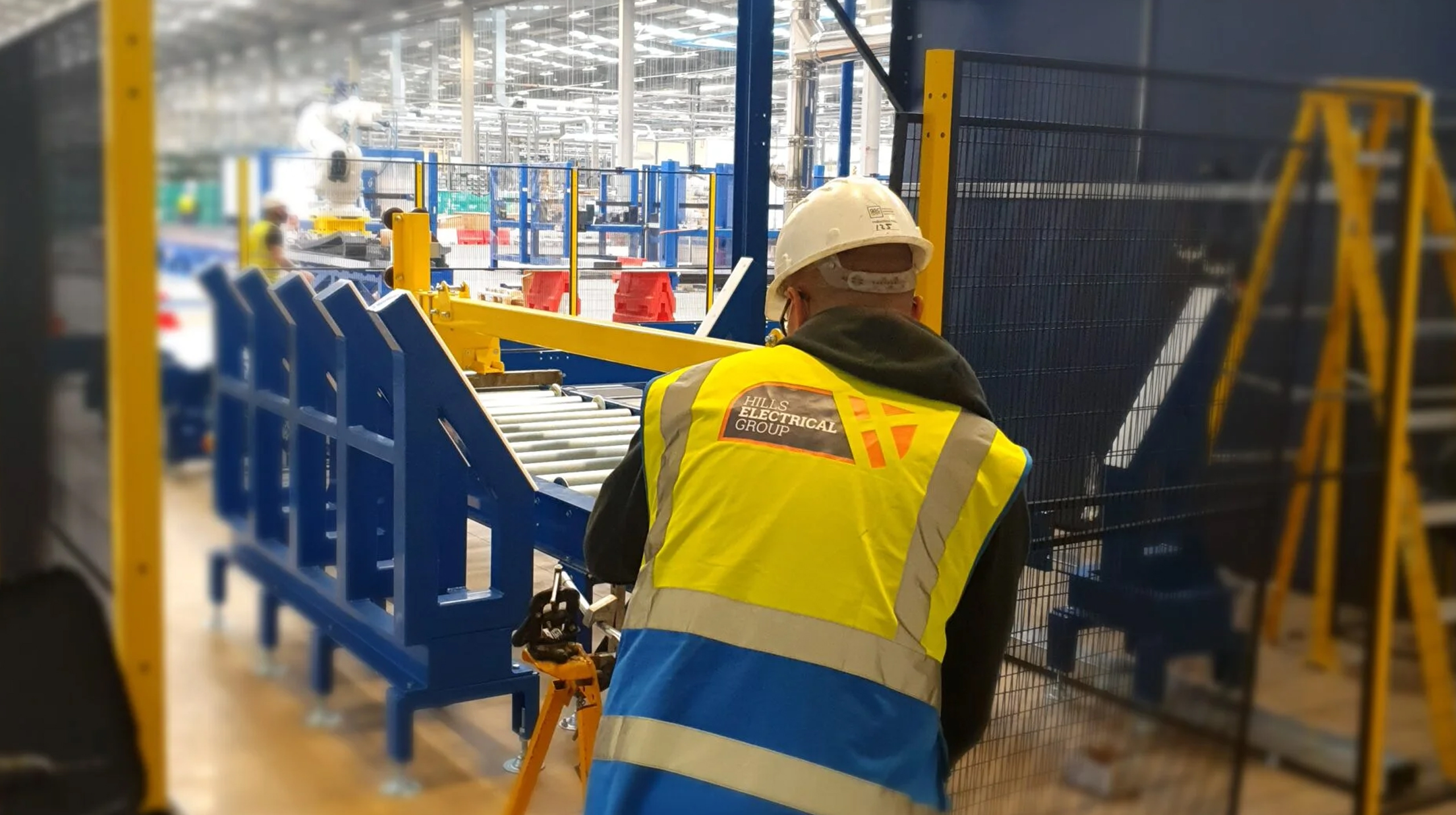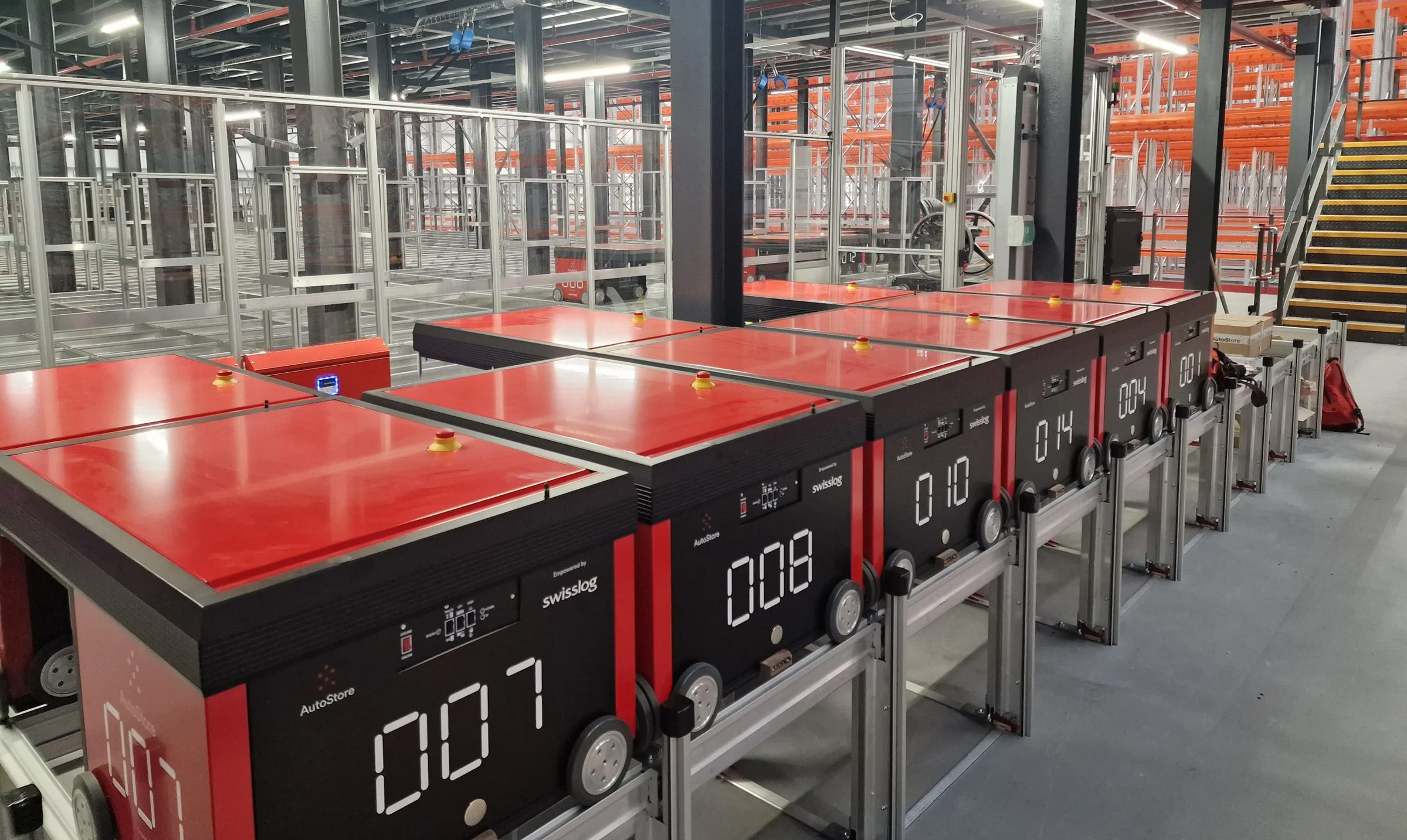The requirements for electrical installations will be specific to the amount of power and complexities for appliances required within the system. For example, if your business operates machinery, it will require large cable requirements compared to residential homes.
Warehouse and manufacturing machinery such as control panels and conveyor belts will need a powerful and potentially complex installation from accredited expert contractors.
Requirements for an Electrical Installation:
Regardless of commercial, industrial or residential purposes, here is a list of the general components and how they function within an electrical installation:
Electricity Meter (Load Centre)
Any installation must begin with a local source with your electricity meter. Electrical meters distribute electricity supply across the system to feed all the branch circuits.
Also known as “load centres”, “electric meters”, “electrical meters”, and “energy meters” supply and measure the amount of electricity passing through the overall installation.
Electrical Line
Commonly seen in public areas, stretched across electricity pylons and poles, electrical wiring is also prevalent underground, especially in built-up urban areas. Electrical lines are essential to run power through the meter to supply your installation.
Circuit Breakers
Circuit breakers help divide the electrical power across your installation into separate circuits for specific purposes.
Electrical Wiring
Wires, cables, and circuits make up the electrical wiring that carries the power throughout the system.
Accessories
Finally, we have any fixtures, lights and appliances that receive the power and perform functions within the system of your installation.
So, the basic items for your general electrical installation will involve the meter, breaker panel, circuits and wires. The design for each component should consider the purpose and electrical power requirements involved in your overall system.









